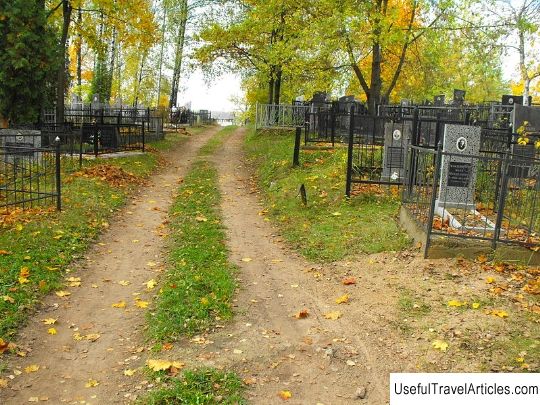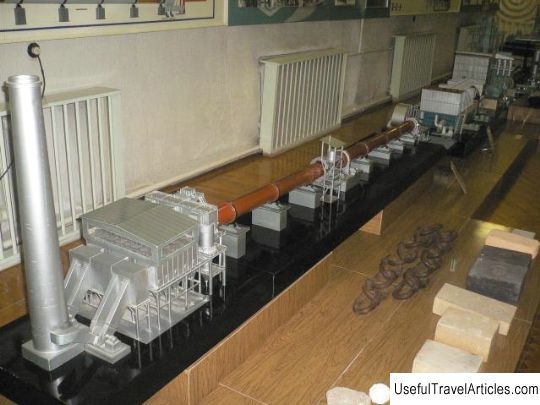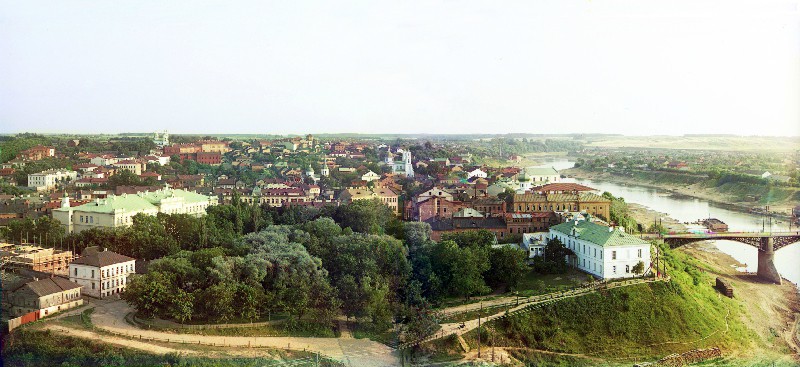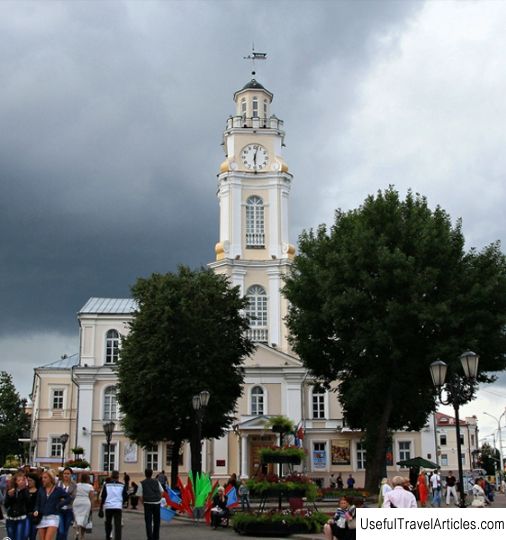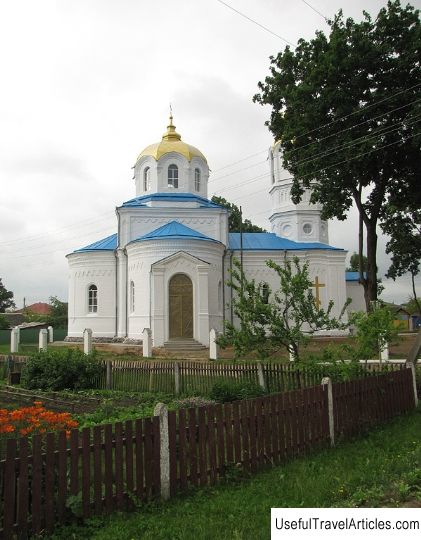Druya ??description and photo - Belarus: Vitebsk region
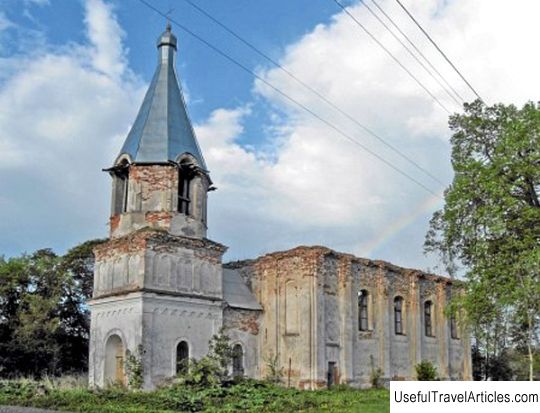
Another description and photo - Belarus: Vitebsk region. Detailed information about the attraction. Description, photos and a map showing the nearest significant objects. Photo and descriptionThe village of Druya was once a thriving town built at the confluence of the Druyka River into the Western Dvina. The first mention of Druja was made in 1386 in the Chronicle of Polish, Lithuanian, Jomoit and All Russia. In 1515 the city was completely destroyed during the war with the Muscovites. The city was rebuilt and in 1620 received the Magdeburg Law. Currently Druya is a border village. To visit it, you need to issue passes, which can take up to 5 days. The population of Druja was seriously affected during the Second World War. Here the Nazis created a Jewish ghetto, and later shot all of its inhabitants. At the place of the execution on the banks of the Druyka River, the Jewish community erected a monument to the victims. One of the mysterious Borisov stones is located in the village. It's a huge boulder split into three fragments, on which a cross and inscriptions are engraved. Presumably, the inscriptions date from the 12th century, although the stone itself is much older. Perhaps he still remembers our pagan ancestors. The stone was fished from Druyka and installed on the main square. The Baroque Trinity Church is part of the Bernardine monastery, built in 1646. Despite numerous fires and wars, the church has been perfectly preserved. Particularly impressive is its interior, replete with stucco and carved decor. Druja has preserved a unique monument of Belarusian wooden architecture - the Church of St. George, built in the 19th century. Built on a forest edge, painted green, a small church looks like a miniature toy. There are many Old Believers in the village. Here you can see an Old Believer wooden prayer house built in the early 20th century. There are many ancient ruins here, mostly Orthodox churches. The best preserved are the ruins of the Annunciation Church built in 1740 with a hipped bell tower built later. Nearby there is a unique ancient Jewish cemetery, where gravestones with colored paintings have been preserved. Near the village, not far from the Lithuanian border, is the grave of Colonel P. A. Shchitomir-Sukhozanet - the hero of the Turkish war and the war with Napoleon. There is a unique ancient Jewish cemetery nearby, where gravestones with colored paintings have been preserved.Near the village, not far from the Lithuanian border, is the grave of Colonel P. A. Shchitomir-Sukhozanet - the hero of the Turkish war and the war with Napoleon. There is a unique ancient Jewish cemetery nearby, where gravestones with colored paintings have been preserved.Near the village, not far from the Lithuanian border, is the grave of Colonel P. A. Shchitomir-Sukhozanet, a hero of the Turkish war and the war with Napoleon.       We also recommend reading Castle of San Juan (Castillo de San Juan) description and photos - Spain: Blanes Topic: Druya ??description and photo - Belarus: Vitebsk region. |
